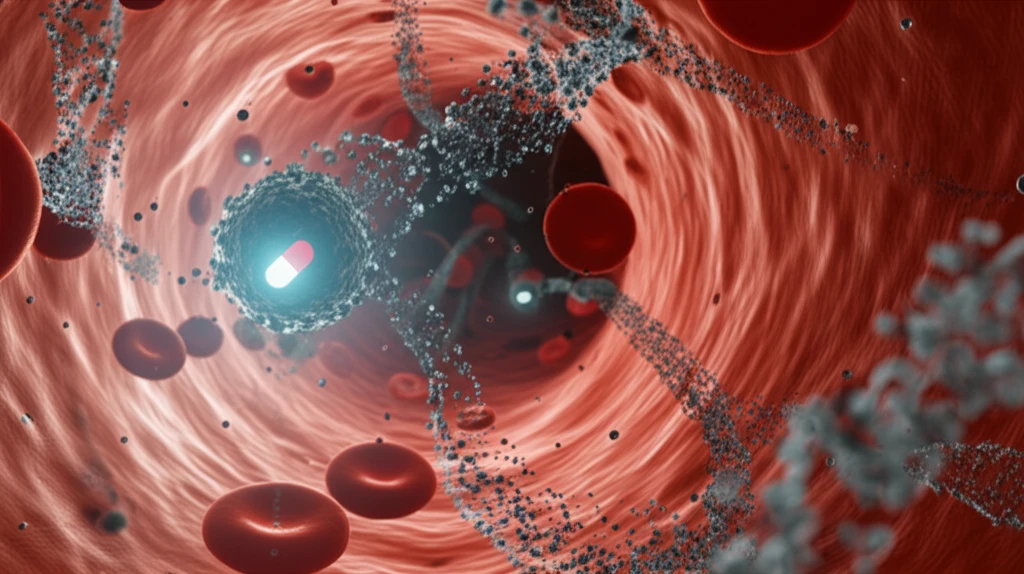
Sugar-Powered Nanotech: Are Carbon Dots the Future of Medicine?
"Could simple sugars and ascorbic acid revolutionize drug delivery and cancer treatment? Explore the exciting potential of carbon dots!"
In the quest for more effective and less invasive medical treatments, scientists are increasingly turning to nanotechnology. Among the most promising developments are carbon dots (CDs), tiny carbon-based nanoparticles with the potential to revolutionize drug delivery and cancer therapy. Recent research has explored the use of common, naturally occurring substances like sugars (glucose and fructose) and ascorbic acid (vitamin C) to create these carbon dots, opening up exciting possibilities for biocompatible and effective nanomedicine.
Carbon dots are prized for their unique properties, including high water solubility, biocompatibility, low toxicity, and excellent fluorescence. These characteristics make them ideal candidates for bioimaging and as carriers for therapeutic agents. Unlike traditional drug delivery methods, CDs can be tailored to target specific cells or tissues, reducing side effects and improving treatment outcomes. Controlling the synthesis and properties of CDs is critical to ensure their safety and efficacy for clinical applications.
This article delves into the innovative use of sugars and ascorbic acid in the synthesis of carbon dots, examining how different starting materials affect the morphology, properties, and toxicity of the resulting nanoparticles. We will explore the potential of these CDs for drug delivery, focusing on their ability to load and release drugs like doxorubicin, a common chemotherapy medication. Join us as we uncover the science behind these sugar-powered nanotechnologies and their implications for the future of medicine.
What Makes Sugar-Based Carbon Dots So Special?

Carbon dots (CDs) have emerged as promising candidates for nanotheranostic agents, which combine diagnostic and therapeutic functions into a single platform. Their appeal lies in a unique blend of physical, chemical, and biological properties:
- High Water Solubility: Allows for easy dispersion in biological systems.
- Biocompatibility: Reduces the risk of adverse reactions within the body.
- Low Toxicity: Ensures minimal harm to healthy cells.
- Excellent Fluorescence: Enables real-time tracking and imaging of drug delivery.
- Easy Conjugation: Simplifies the attachment of therapeutic drugs and targeting molecules.
What's Next for Sugar-Based Nanomedicine?
The exploration of sugar and ascorbic acid-derived carbon dots represents a significant step forward in the field of nanomedicine. By carefully selecting the starting materials and controlling the synthesis process, researchers can fine-tune the properties of CDs to optimize their performance in drug delivery and cancer therapy. The ability to create biocompatible, low-toxicity nanoparticles from readily available resources opens up new avenues for developing more effective and less harmful treatments. Further research is needed to fully understand the long-term effects of these CDs and to optimize their use in clinical settings. As the field advances, sugar-based nanomedicine holds the promise of transforming healthcare and improving the lives of patients worldwide.
